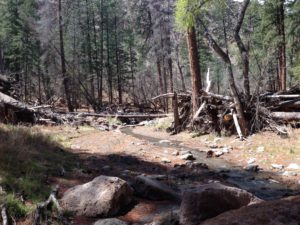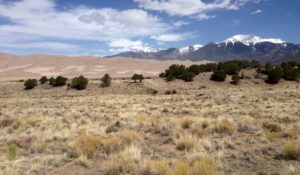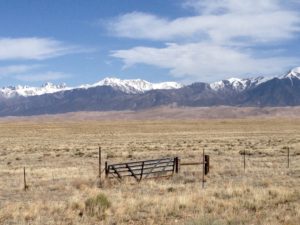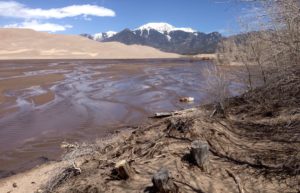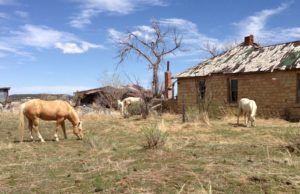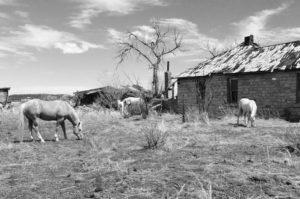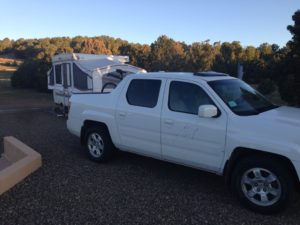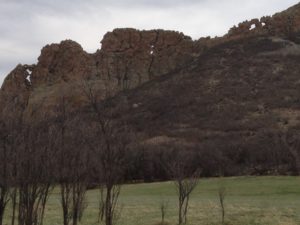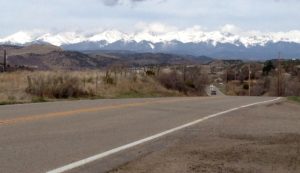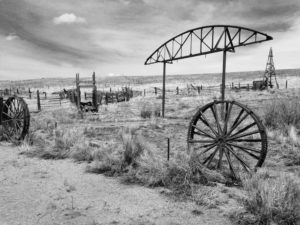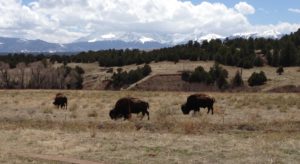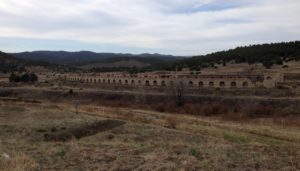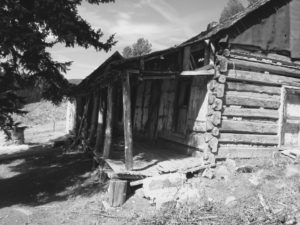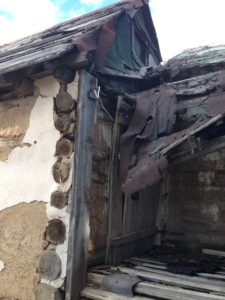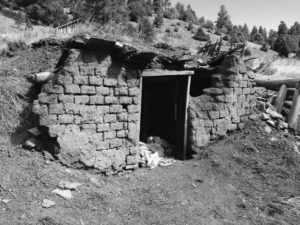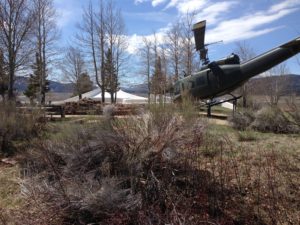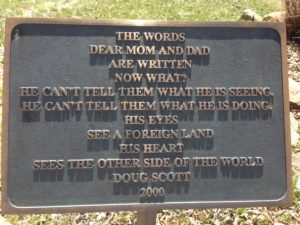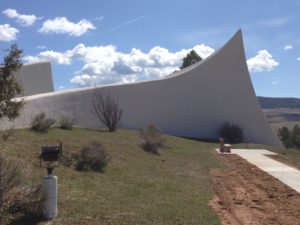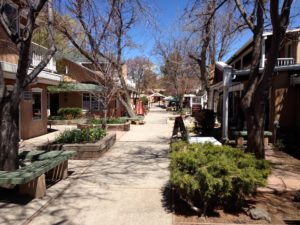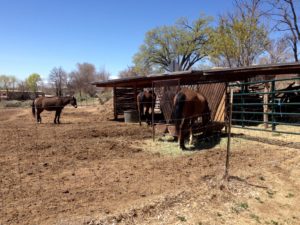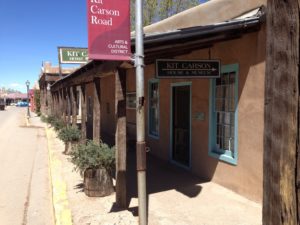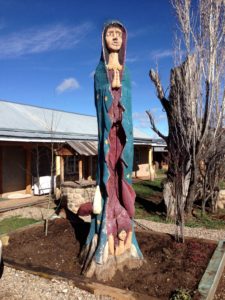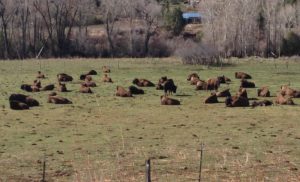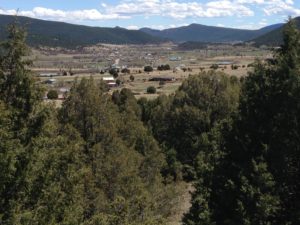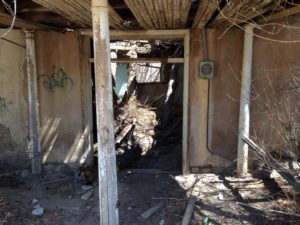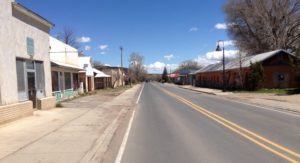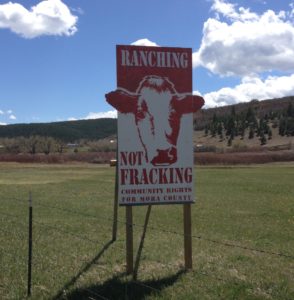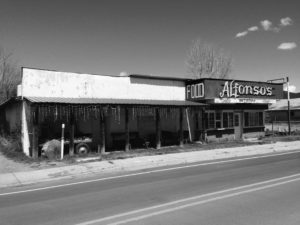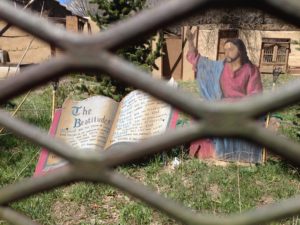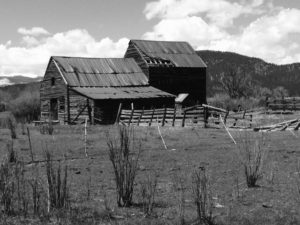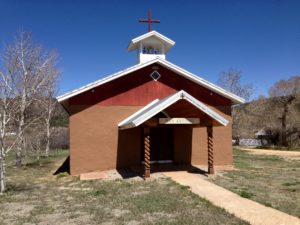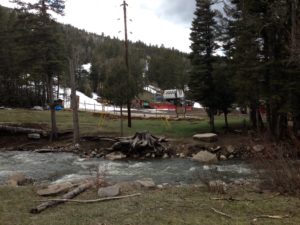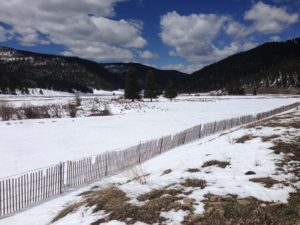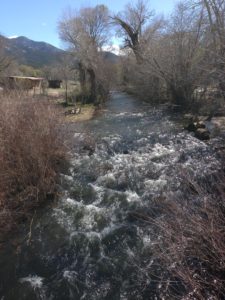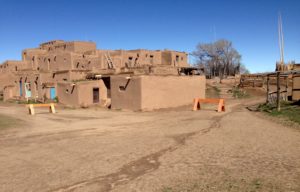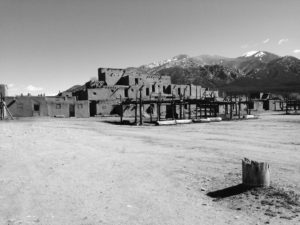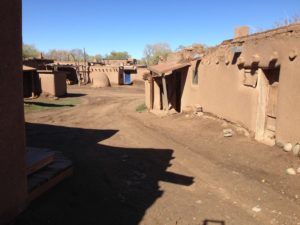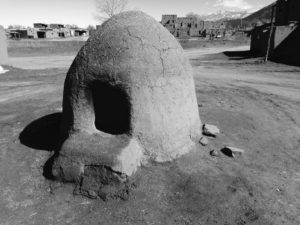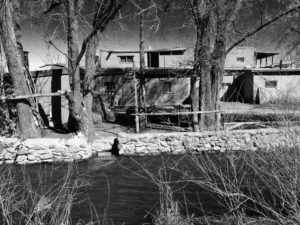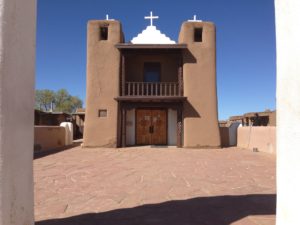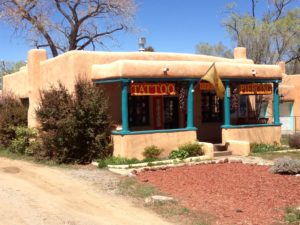I used to call on accounts down in this area regularly back in the 80s. But I never took the time to actually see the area. Been through Taos many times but this is the first time I’ve actually stayed there. Los Alamos, White Rock, and Espanola were towns I did business. I looked for places, unsuccessfully. Too much has changed in 30 years.
I went to Bandelier National Monument and guess what I found. Yup, cliff dwellings and kiva ruins. I don’t get sick of this stuff, maybe you guys are, but hey, we’re nearing the end, at least of this episode. Bandelier is the correct spelling, after Adolf, not the bullet holder.
What I really enjoyed about the hiking here was the opportunity to once again be really close to these sites and actually be able to climb into them. This canyon at one time had a lot of people living here.
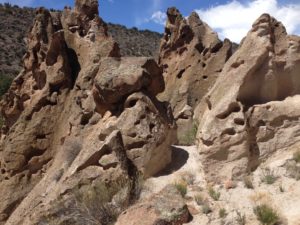
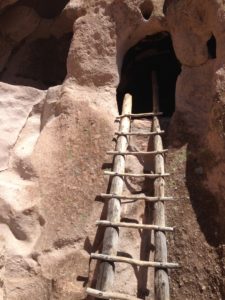
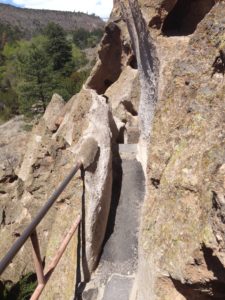
The hiking trail to the ruins worked it’s way along the base or the cliff face. It was sometimes easy walking, and sometimes very narrow passages. There were staircases and ladders all affording an up close experience.
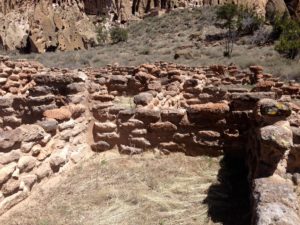
These were the ruins of a very large community kiva. And here it is from above.
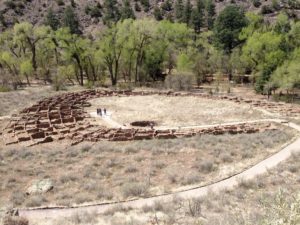
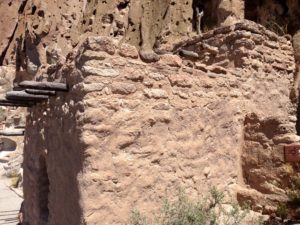
When I took that photo I was standing right next to this old adobe house perched on the side of the cliff with caves all above it. It’s hard to get a sense for the magnitude of this cliff dwelling and ruins site.
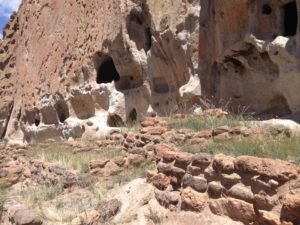
Some of the kivas and adobes were built right in front of cave networks. Yes, they really are extensively connected behind what you see.
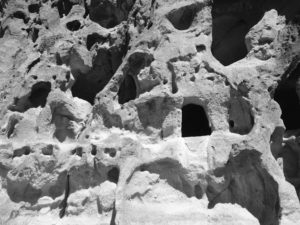
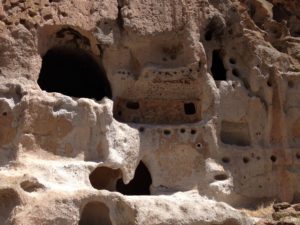
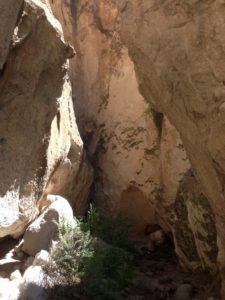
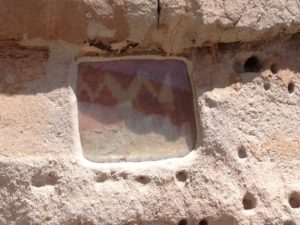
Here’s a pictograph that has been protected behind a UV screen.

And, here’s the old wood. Actually I took these two photos to show you how littered with old flood debris this canyon is. The last flash flood occurred in 2011. It’s hard to believe that this picturesque tiny creek can at times in it’s life pile up mounds of displaced wood.
